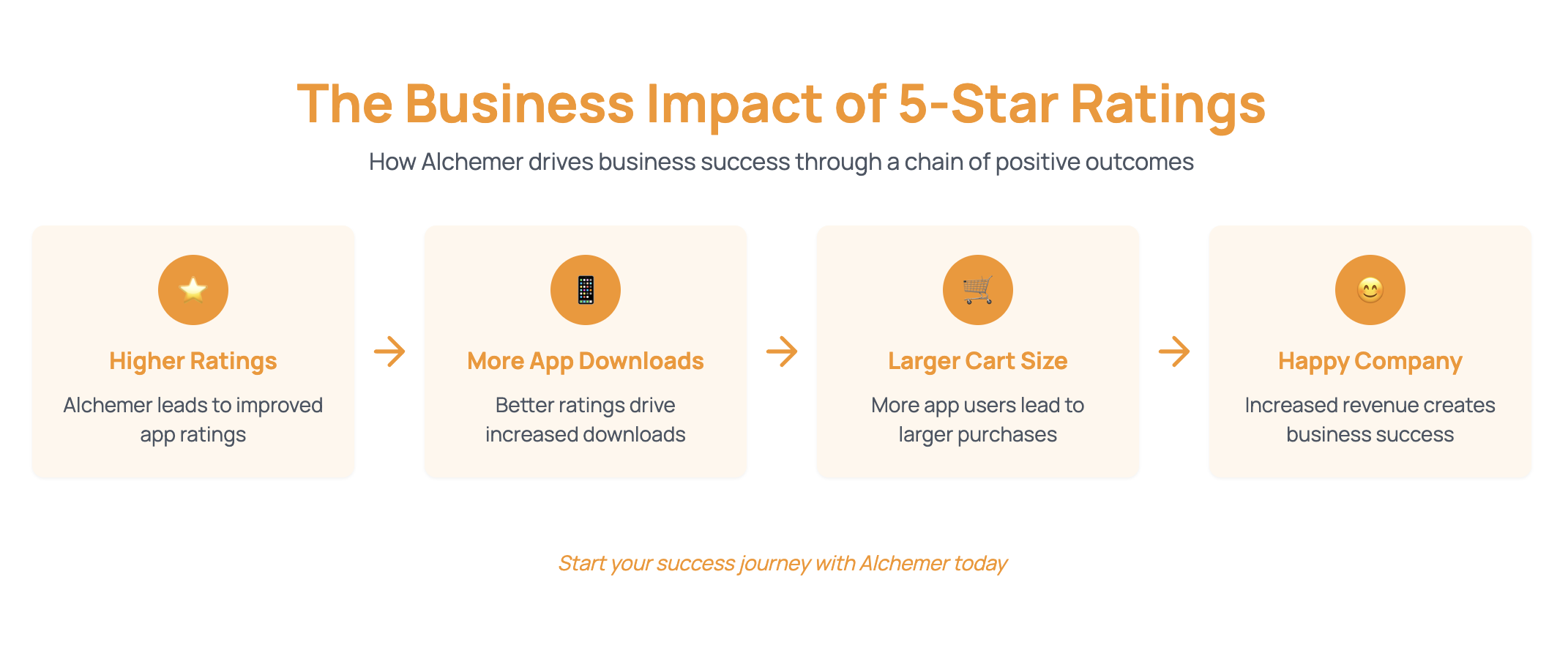How to turn every click, tap, and swipe into lasting loyalty

Today, a customer’s first interaction with your brand is just as likely to happen in a digital environment as in person. Whether they’re browsing your website on a laptop, scrolling through your app on a tablet, or engaging with you via social media, digital channels are now the primary gateway to your business. That means your digital experience isn’t just important — it’s make-or-break for loyalty, revenue, and long-term growth.
A digital-first approach lets you meet customers wherever they are, understand their behaviors more deeply, and create seamless journeys that convert. The numbers speak for themselves:
In short, digital isn’t an add-on. It’s your brand’s front door. In this guide, we’ll explore five real-world use cases that spotlight untapped opportunities in your digital experience and how to maximize them.
Digital experiences shape brand perception before a customer ever speaks to a representative. When those experiences are smooth, intuitive, and consistent, customers are more likely to trust your brand, engage with your offerings, and return for repeat purchases. Poor digital experiences, on the other hand, send users straight to a competitor—with a single frustrating interaction being enough to cause churn.
For marketers, the digital experience is a goldmine of behavioral data, sentiment indicators, and conversion insights. Every click, scroll, and interaction tells a story. Leveraging that story allows you to build hyper-relevant campaigns, improve customer journeys, and directly influence bottom-line results.
You can’t improve what you don’t measure. Monitor key app metrics like downloads, daily and monthly active users, session length, retention rate, average revenue per user, and bounce rates. These numbers tell you not just how people use your app, but how well it’s meeting their needs.
App store ratings influence discoverability, trust, and conversion. Prompting satisfied customers for reviews while responding quickly to negative ones can turn detractors into promoters. Timely, authentic responses also demonstrate that your brand values customer voices.
Use app data to build detailed audience profiles, identifying not just who your customers are but how they behave. This segmentation allows for campaign targeting that matches offers to behaviors, increasing the relevance—and success—of your marketing efforts.
Quantifying emotional data gives marketers an early-warning system for churn risk. The fight digital feedback tools segment customers based on emotional trends, enabling targeted interventions before negative sentiment impacts revenue.
Digital experience is one of the most powerful levers in a marketer’s toolkit—and one you can’t afford to overlook. These five real-world use cases will show you fresh ways to elevate every digital touchpoint.
Use Case 1
A mobile banking app notices a troubling trend: new users download the app, but within weeks, active usage drops off. Post-mortems don’t reveal much—the “why” behind the churn is still a mystery.
By introducing in-app feedback loops, the team captures insights at pivotal moments: after sign-up, during first transfers, and when new features roll out. Short, contextual surveys ask, “How easy was this step?” or “What could make this experience better?”
Responses flow into dashboards where patterns surface quickly. Frequent mentions of confusing navigation highlight a UX issue that wasn’t visible in analytics alone. Product and marketing teams prioritize a redesign and message updates, then close the loop by letting users know their feedback drove improvements.
By embedding feedback directly into the customer journey, the team could act quickly on issues that might otherwise go unnoticed—and the impact was immediate.
In-app feedback loops don’t just solve today’s challenges. They give teams the visibility to continuously improve, turning feedback into a lasting advantage.
Use Case 2
A fitness app launches with plenty of buzz and downloads, but its app store rating stalls at 2.9 stars. Negative reviews cite bugs and a confusing navigation bar. The low scores tank visibility and new installs plateau.
The team deploys satisfaction prompts inside the app at moments of peak delight, after users complete their first workout or unlock a milestone badge. Happy users are nudged to leave a review. Detractors are routed to an in-app feedback form instead of the public app store, where their concerns get addressed directly.
Support teams respond to reviews in real time, acknowledging issues and outlining fixes. Updates are prioritized based on recurring feedback, and follow-up campaigns invite users back to try improved features and navigation.
By closing the loop both privately and publicly, the team not only captured more accurate sentiment but also rebuilt trust with users.
App store feedback doesn’t just influence ratings. It creates a continuous opportunity to strengthen reputation, improve experience, and attract new users.

Use Case 3
A fitness app launches with plenty of buzz and downloads, but its app store rating stalls at 2.9 stars. Negative reviews cite bugs and a confusing navigation bar. The low scores tank visibility and new installs plateau.
With targeted in-app surveys, the brand hears from shoppers right after they’ve completed a purchase or abandoned their cart. The feedback is clear: promo codes are confusing, payment options are too limited, and the process feels clunky.
Armed with that insight, the product team gets to work—simplifying promo fields, streamlining the checkout process, and adding Apple Pay and Google Pay. Meanwhile, marketing rolls out campaigns that spotlight the updates, making sure returning shoppers know checkout is faster and easier than ever.
By translating direct shopper feedback into quick, visible improvements, the brand turned moments of frustration into opportunities to build confidence at checkout.
Optimizing usability through feedback doesn’t just reduce friction. It creates a smoother path to purchase that pays off in both loyalty and revenue.
Use Case 4
A travel booking site notices customers are browsing packages but hesitating to book. Generic email blasts aren’t cutting it. By tapping into behavioral and purchase data, the team delivers offers that are timely, relevant, and perfectly targeted. The personalization feels subtle and supportive, helping travelers take the next step without coming across as pushy.
Using behavioral segmentation, the team delivers personalized nudges:
Surveys confirm what resonates most with each group, refining the personalization engine over time. Campaigns stay helpful, not pushy.
By combining behavioral signals with direct feedback, the team created a cycle of personalization that felt natural to customers, which quickly paid off.
Personalized feedback-driven offers don’t just increase conversions—they strengthen long-term relationships by showing customers you know and value them.
Use Case 5
An entertainment app spots two clear patterns in its user base. On one side, frequent users log in every day but barely touch the new features the team works hard to release. On the other hand, new users download the app with interest but disappear within a few weeks. Both groups signal opportunities, and challenges, that the team needs to understand.
The team sets up triggered surveys tailored to behavior:
By segmenting journeys this way, the brand uncovers two truths: heavy users want more value (rewards), and churned users often leave due to onboarding complexity. Both insights inform product roadmaps and marketing campaigns.
By listening at the right moments, the team turned user journeys into actionable insights that shaped both retention and growth strategies.

Grocery Outlet, a fast-growing extreme value retailer with more than 540 stores nationwide, wanted to bring its signature savings experience into the digital space. With the launch of its mobile app, the team aimed to give shoppers access to coupons, sweepstakes, and personalized offers—while gaining insights into customer behavior.
Early ratings, however, were low (1.6 stars on iOS and 2.6 on Android), threatening adoption ahead of a nationwide rollout. To turn things around, Grocery Outlet partnered with Alchemer to capture real-time in-app feedback and act on it quickly.
With Alchemer, Grocery Outlet was able to:
By turning negative reviews into actionable insights, Grocery Outlet transformed its digital presence, fueling growth, retention, and stronger customer loyalty.

Every tap, swipe, and scroll is a performance, and customers decide in seconds whether to stick around for an encore. The catch? They won’t wait for you to get it right. A single hiccup, and they’re off to the competition.
That’s where Alchemer comes in. We don’t just help you listen—we help you act. With in-the-moment surveys and prompts, advanced targeting, and two-way messaging capabilities, Alchemer helps you turn raw input into clear action, ensuring that small fixes spark big loyalty.
Suddenly, clunky checkout flows become smooth, frustrated users feel heard, and good reviews start stacking up like applause.
Make your next move count. Download the Marketer’s Buying Guide: 10 Things to Consider When Choosing a Feedback Platform to learn which tools can help you build seamless, revenue-driving digital journeys.
Ready to turn every tap, click, and swipe into lasting loyalty? See how Alchemer makes it possible
Today, a customer’s first interaction with your brand is just as likely to happen in a digital environment as in person.

Quick-service restaurants (QSRs) are heading into 2026 hungry for growth, with revenue...

Customer feedback is one of the most underused growth tools in marketing....
Please provide your name and email to continue reading.